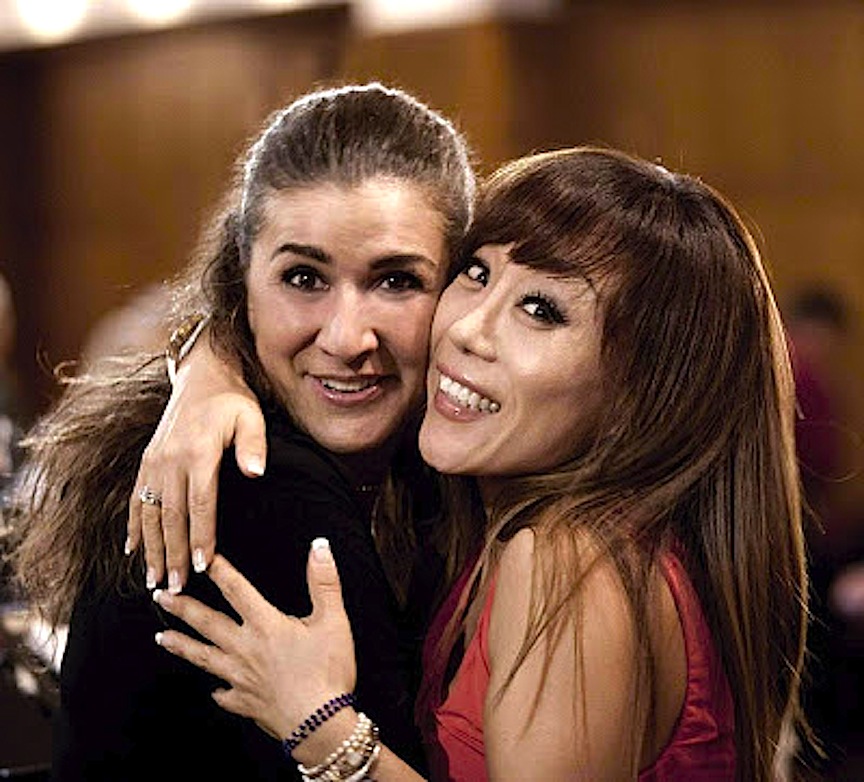
Layers of change in interpretation are like dust: the accumulation is invisible until sunlight falls at the right angle to reveal the pollution. There’s no better recent example than Cecilia Bartoli’s latest operatic outing, a period-instrument recording of Vincenzo Bellini’s immortal Norma.
The orchestration, the tempos and keys are all based on a new critical edition of the score, with careful consideration of everything known about the opera’s birth.
Bartoli proposed herself for the title role, normally sung by a soprano, because it was written for Giuditta Pasta, a mezzo. Soprano Sumi Jo is Adalgisa, setting up a very effective female vocal counterpoint.
The rest of the cast — including John Osborn as Pollione, Michele Pertusi as Oroveso, Liliana Nikiteanu as Clotilde and Reinaldo Macias as Flavio — is excellent. Zurich Opera’s period division, Orchestra La Scintilla is masterfully led by Giovanni Antonini.
The big first-act aria everyone knows from Norma, “Casta diva,” is sung by Bartoli in full tractor-beam mode, slowly, insistently, demanding our undivided attention.
It’s the case all the way through this excellent operatic adventure, filled with fresh sounds from singers as well as orchestra.
The recording, made in a Zurich church, sounds spacious yet clear. The accompanying book contains plenty of background information as well as Felice Romani’s full libretto.
For all the details on this album, click here.
Here is the duet “Mira O Norma…” from the album, followed by the four trailer videos produced by Decca (“Casta diva” begins the last of the clips):
John Terauds